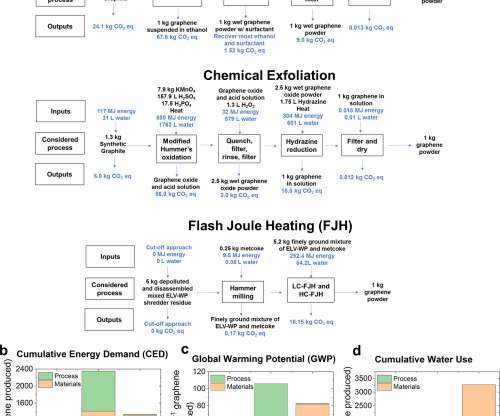Ramaco Carbon partnering with ORNL on new processes to make graphite from coal
Green Car Congress
APRIL 6, 2023
Ramaco Carbon is partnering with Oak Ridge National Laboratory to develop new, large-scale processes for making graphite from coal. The conversion of coal to higher value materials, such as graphene, graphite or carbon nanotubes, is of high interest, and a number of researchers have proposed processes.







































Let's personalize your content